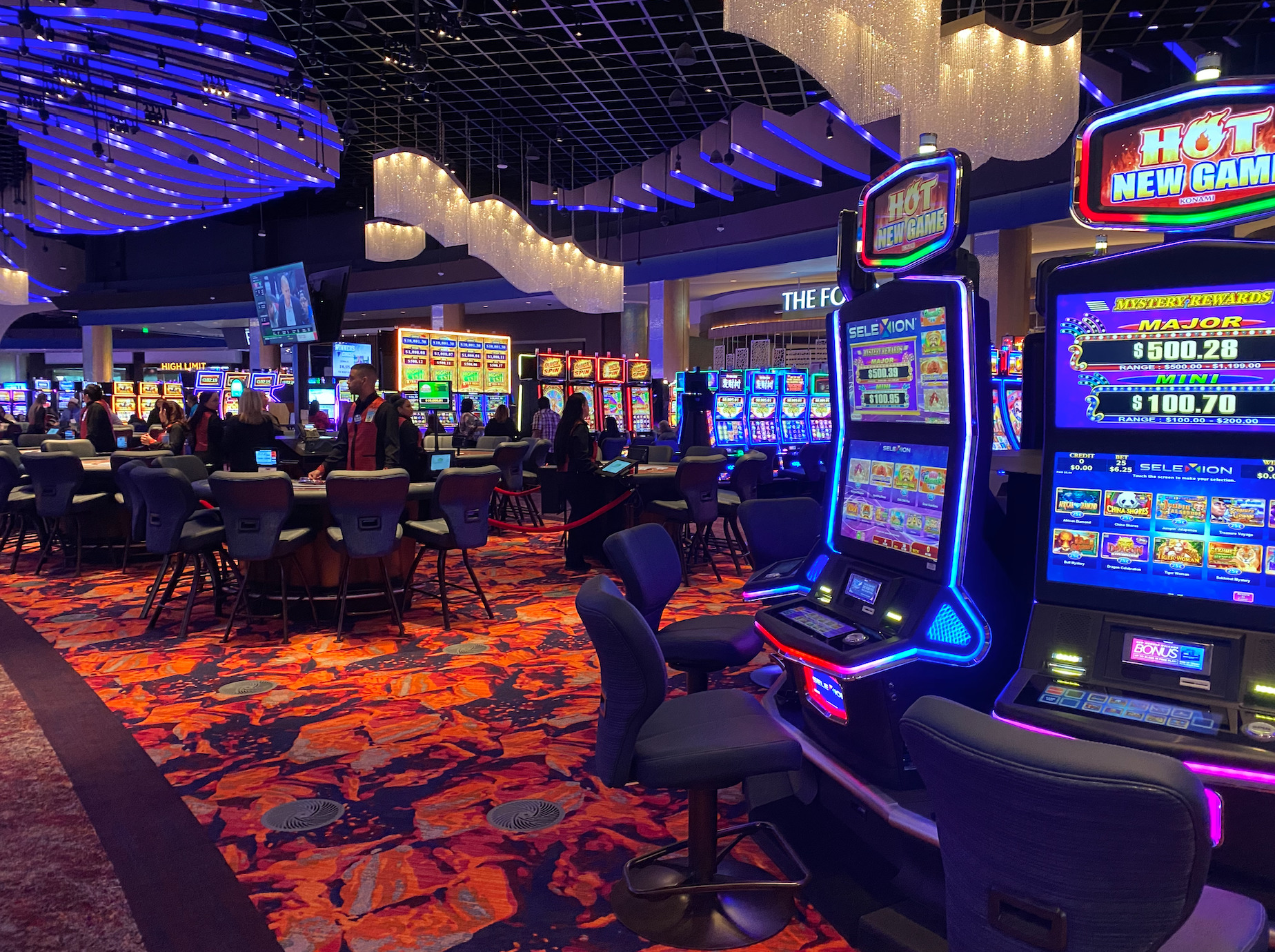
Casino experiences have long captivated people’s attention, drawing participants into a universe filled with chance, strategy, and the allure of excitement. Each activity is meticulously crafted not just for entertainment, but also to elicit targeted emotional responses that keep players immersed and interested. Understanding the drives behind these designs reveals much about how human psychology plays a crucial role in the gaming experience.
From the bright lights and dynamic sounds to the intricate layering of systems and payoffs, casino games are designed to create an atmosphere of thrill and anticipation. Game designers leverage behavioral strategies to influence gambler behavior, whether through the use of winning opportunities, almost wins, or social interactivity. By examining these aspects, we can better appreciate how casino games fulfill not just a want for entertainment, but deeper psychological needs for thrill and hazard.
Comprehending Gamer Behavior
Casino games are designed with a profound comprehension of player psyche, which is essential for drawing in and retaining players. The rush of the game, coupled with the hope of winning, creates a powerful attraction. Game designers make use of elements like sonic elements, colorful graphics, and captivating gameplay to capture attention and generate emotional responses. These sensory experiences enhance the overall experience, making players feel more involved in the game.
Another significant aspect of player behavior is the idea of risk/reward dynamics. Casino games often balance risky situations with the potential for significant rewards, which can cause the occurrence known as near-miss phenomenon. When players come within reach to winning, the brain releases dopamine, reinforcing their behavior and motivating them to continue playing in search of that fleeting win. This cycle of wish and letdown plays a crucial role in how games are structured and advertised.
Lastly, social elements also play a central role in player behavior at casinos. Many games are crafted to be played in pairs or alongside other players, creating a sense of belonging and shared experience. The community engagement inherent in games like baccarat enhances enjoyment and can lead to prolonged gaming periods. Designers take advantage on this by designing environments that encourage players to stay, socialize, and come back, making the overall casino experience more appealing.
The Role of Visuals and Audio
Visuals and audio play a significant role in improving the player’s experience within casino games. Designers utilize vibrant colors, striking graphics, and captivating animations to attract players’ attention and sustain their focus. The use of themes, such as exploration or opulence, helps create an engaging atmosphere that transports players into another world. By appealing to the senses, these elements contribute to a intensified emotional response, prompting players to interact more deeply with the games.
Sound design is just as important in enhancing the overall experience of casino games. The combination of ambient music, sound effects for successful combinations, and ambient noises creates an auditory landscape that holds players fascinated. Audio cues associated with wins, such as ringing bells or festive music, evoke feelings of excitement and reward, encouraging players to continue playing. These sound cues are strategically placed to enhance the thrill of the game and create a more immersive experience.
Additionally, the synchronization of imagery and sound is crucial for reinforcing the game’s overall theme and mood. Each element should coordinate seamlessly to create a cohesive experience that pulls players in. The effective use of this integration not only enhances user satisfaction but also boosts the chances of repeat play, as players become more engaged in the immersive world that the gambling games offer. This thoughtful integration of imagery and audio ultimately enhances player engagement and commitment.
Incentive Systems and Engagement
The design of gambling games greatly depends on reward structures to ensure players engaged and coming back for more. depo288 These systems are rooted in behavioral theories that take advantage of human nature and desire. Players are often motivated by the excitement of winning, which is reinforced by instant feedback through the game structure’s design. This prompt satisfaction not just improves the overall experience but also cultivates a feeling of achievement, encouraging players to keep participating in hopes of greater gains.
Casinos implement various incentive systems, such as jackpots, bonuses, and increased rewards, to engage participants. These elements create a level of thrill that maintains interest. Additionally, the unpredictability of results plays a crucial role in keeping interest. The intermittent reinforcement schedule, where successes are unpredictable but happen often enough, keeps participants on edge and driven to continue participating. This cycle of hope and anticipation is essential to the effectiveness of casino games.
Moreover, community aspects, such as competitive events and collaborative options, enhance the participation factor by leveraging the competitive nature of players. The shared experience of gaming with others can intensify the excitement of winning and create a community atmosphere within the gaming space. By integrating these social dynamics with efficient incentive structures, casino games not only provide fun but also foster a deeper bond among players, solidifying their commitment to the gaming experience.
